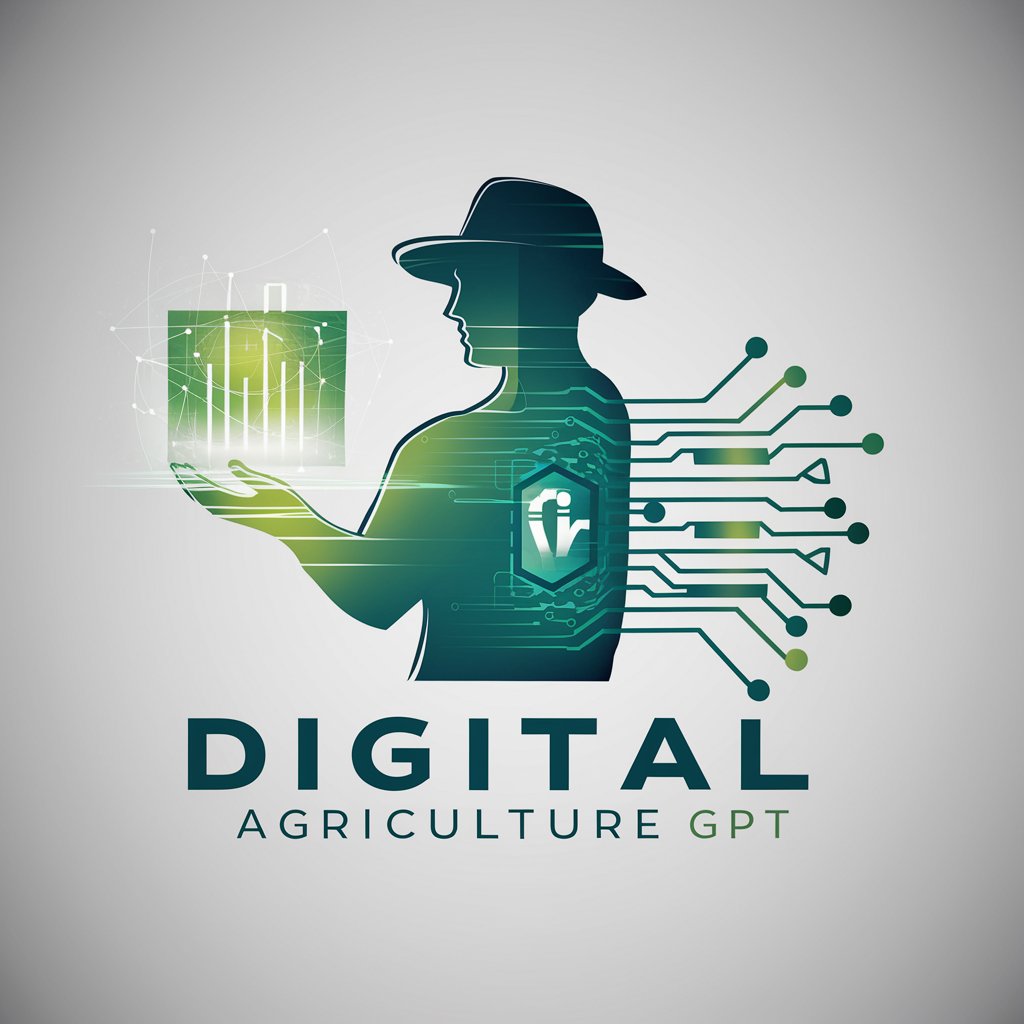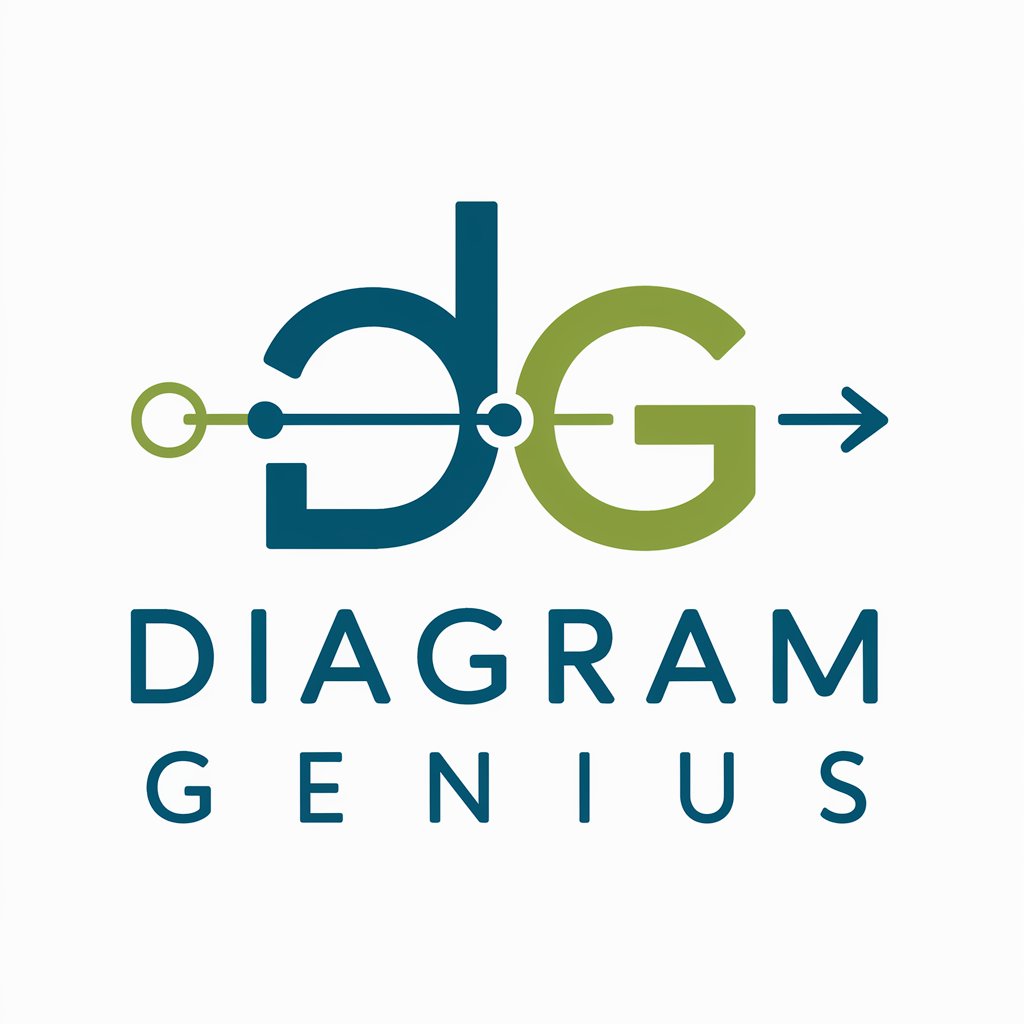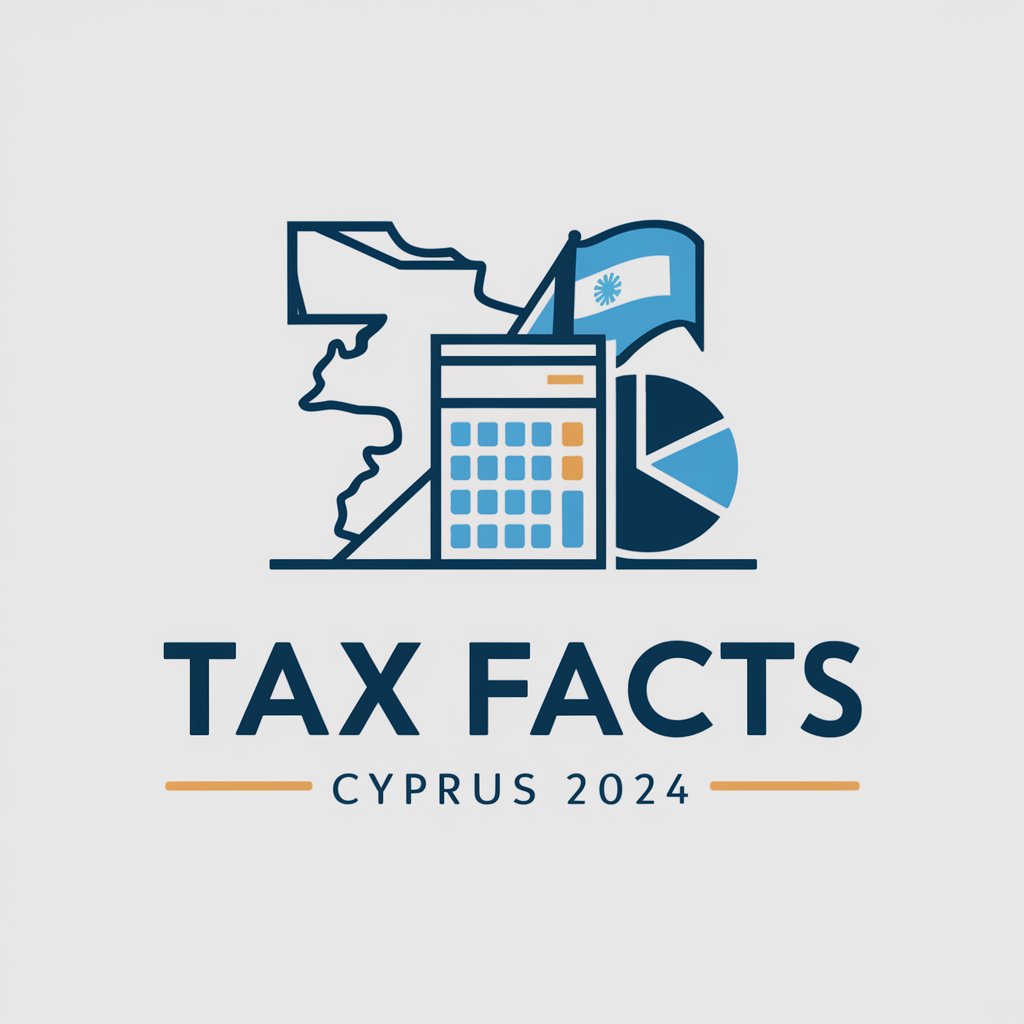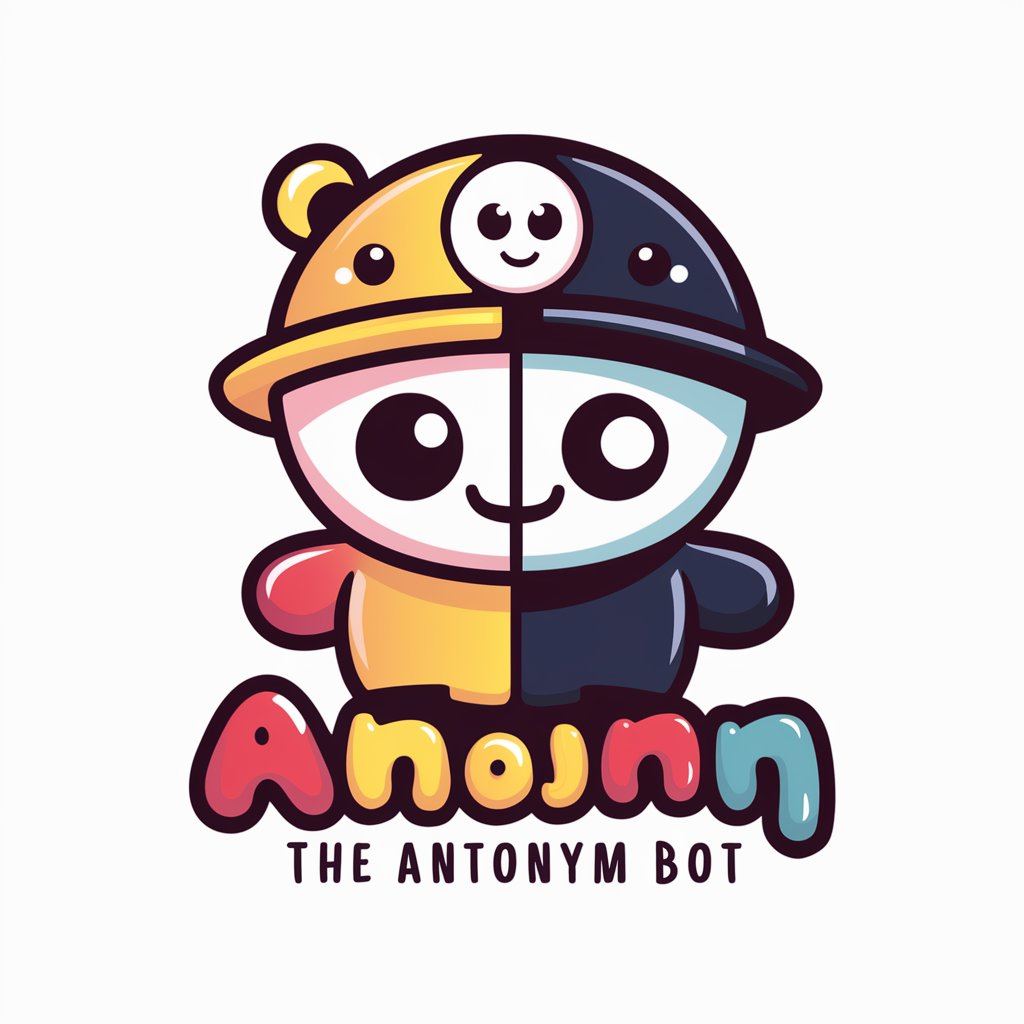
Digital agriculture - Digital Agriculture Access

Welcome to Digital Agriculture GPT, your partner in modern farming solutions.
Optimize farming with AI insights
Explain the benefits of integrating AI in modern farming practices, including specific examples.
Describe the process of using data analytics to optimize crop yield and resource management on a farm.
Discuss the challenges and solutions in implementing digital technologies in agriculture.
Outline the steps necessary for a farmer to start using digital tools for farm management.
Get Embed Code
Digital Agriculture: An Overview
Digital agriculture refers to the integration of advanced digital technologies into farming practices to optimize the growth, yield, and sustainability of agricultural operations. Its design purpose is to enhance decision-making, increase efficiency, reduce environmental impact, and improve profitability through precise farm management systems. Examples of digital agriculture include the use of satellite imagery to monitor crop health, automated tractors for precise field operations, and farm management software that integrates data across operations for better decision-making. Powered by ChatGPT-4o。

Main Functions of Digital Agriculture
Data Collection
Example
Yield monitors and soil sensors
Scenario
Farmers use yield monitors attached to harvesters to collect data on crop yield across different parts of a field. Soil sensors measure moisture, pH levels, and nutrient content to inform precise fertilization and irrigation strategies.
Decision Support Systems (DSS)
Example
Crop simulation models
Scenario
Agronomists use crop simulation models that integrate weather data, soil conditions, and crop growth stages to predict crop performance and optimize planting schedules and crop selection.
Automated Equipment
Example
Autonomous tractors and drones
Scenario
Farmers deploy autonomous tractors for tillage and planting, minimizing labor costs and improving field operations' precision. Drones are used for aerial surveillance to identify pest infestations and nutrient deficiencies in crops.
Precision Farming
Example
Variable Rate Technology (VRT)
Scenario
Using VRT, farmers can apply fertilizers, pesticides, and water at variable rates within the same field, based on data-driven insights about the field conditions, thereby reducing waste and improving crop health.
Ideal Users of Digital Agriculture Services
Small to Large Scale Farmers
These users benefit from digital agriculture through enhanced crop productivity, reduced input costs, and more sustainable farming practices. Digital tools help them make informed decisions tailored to their specific field conditions.
Agronomists and Agricultural Consultants
Professionals who advise farmers on crop management practices use digital agriculture to analyze data more efficiently and provide precise recommendations, improving their service quality.
Agribusinesses
Companies involved in the agricultural supply chain utilize digital agriculture to streamline operations, from production to distribution, ensuring high efficiency and sustainability in their business processes.
Research and Development (R&D) Institutions
These institutions leverage digital agriculture for conducting research on crop improvement, pest management, and sustainable farming practices, contributing to the advancement of agricultural science.

How to Use Digital Agriculture
1
Begin with a free trial by visiting a specific website, ensuring immediate access without the need for an account or ChatGPT Plus subscription.
2
Identify your specific agricultural needs, such as crop monitoring or precision farming, to tailor the digital agriculture tool's capabilities to your farm's requirements.
3
Integrate data collection tools, like soil sensors and drones, to gather real-time data about your farm's conditions.
4
Analyze the collected data using the tool's decision support system to make informed decisions regarding planting, fertilization, and irrigation.
5
Leverage the tool's recommendations to optimize farm operations, improve yields, and reduce costs, regularly updating your strategies based on new data insights.
Try other advanced and practical GPTs
Diagram Genius
Visualize Ideas with AI-Driven Diagrams

Private Eye
Unravel mysteries with AI intelligence.

The Doctor Is In
Empowering health decisions with AI.

Virtual CISO
AI-Powered Cybersecurity Guidance

Tax Facts Cyprus 2024
Empowering Tax Decisions with AI

BrandBrain💡Unleash creative catchy brand names🏷️
Innovate Names, Empower Brands

Biblical Scholar
Unlocking Biblical Insights with AI

Rock Pikmin
Empower adventures with sturdy Rock Pikmin.

POD Specialist
Elevate Your Print Designs with AI

Style Mimic Writer X.Com
Empower Your Words with AI

対義語くん
Discover the unseen opposites.

Business School Case Study Coach
Elevate Your Case Study Responses with AI

Digital Agriculture Q&A
What is digital agriculture?
Digital agriculture utilizes technology and data to make farming practices more efficient, sustainable, and profitable through tools like sensors, drones, and AI analysis.
How can digital agriculture improve crop yields?
By analyzing data on soil conditions, weather, and crop health, digital agriculture tools enable precise interventions that optimize growth conditions and improve crop yields.
What technologies are commonly used in digital agriculture?
Common technologies include IoT sensors, satellite imagery, drones for aerial surveillance, machine learning for data analysis, and ERP systems for farm management.
Can digital agriculture reduce farming costs?
Yes, by providing precise data on crop health and soil conditions, it allows for targeted interventions, reducing waste of resources like water and fertilizer, thus lowering costs.
How does digital agriculture support sustainable farming practices?
It promotes sustainability by optimizing resource use, reducing the environmental footprint through targeted applications of inputs, and supporting practices like precision irrigation and pest management.